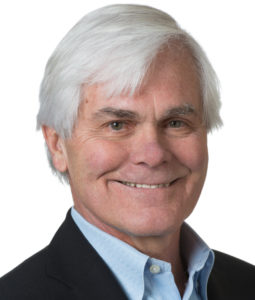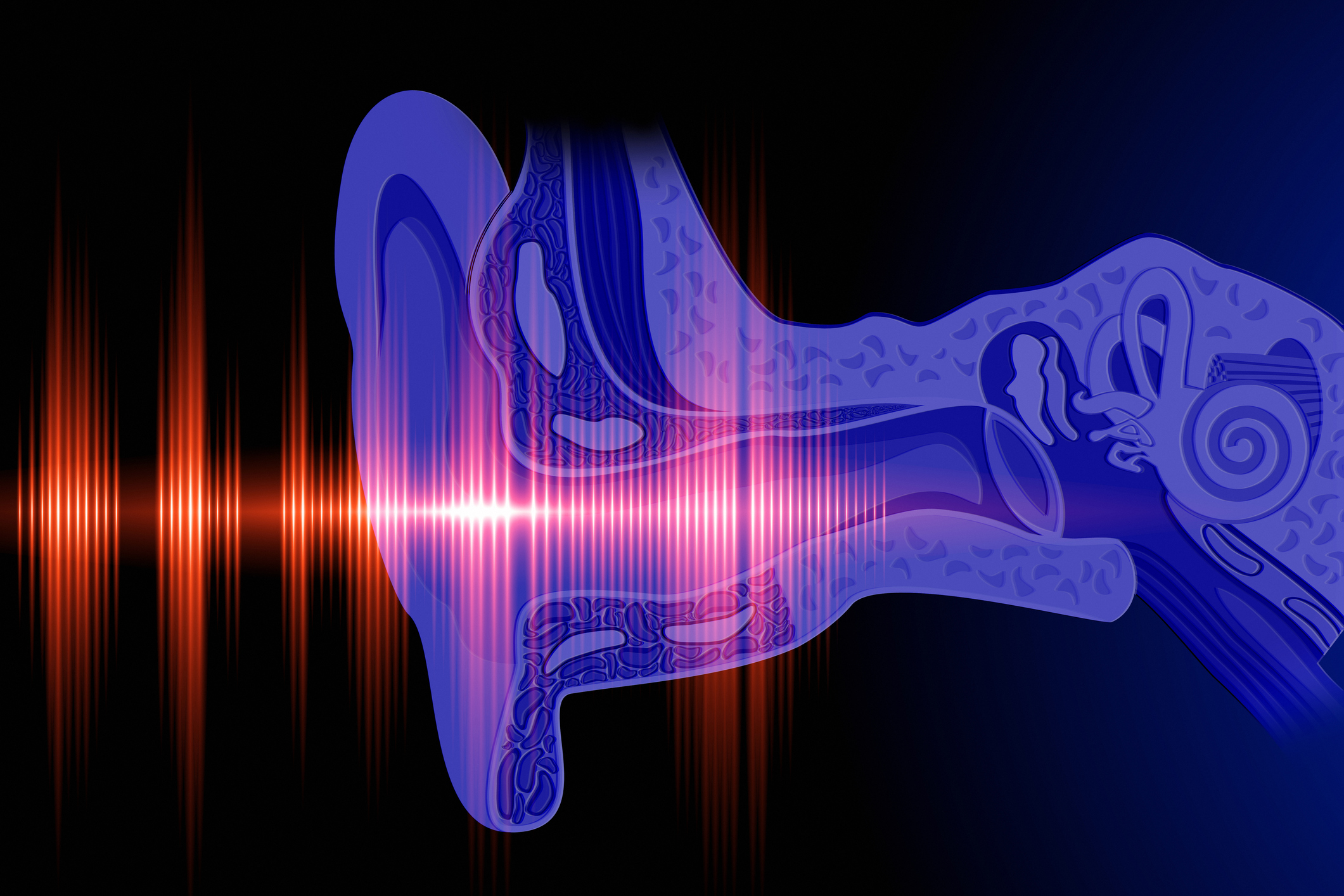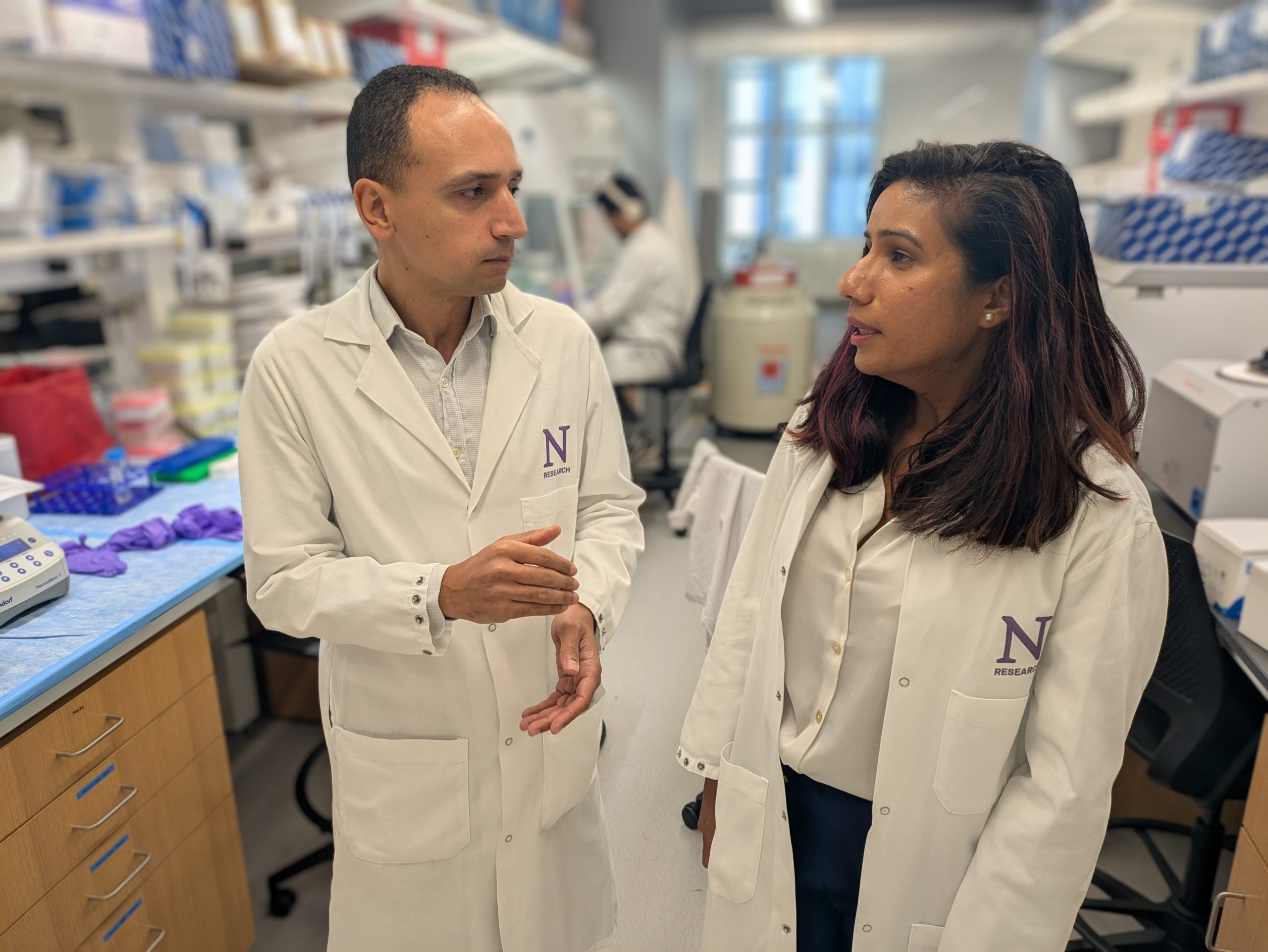
Northwestern Medicine scientists have examined activity in a little-studied part of the brain associated with memory and found for the first time the reason that neurons there become more active in old age, findings that may suggest a new target for future therapies to combat memory loss in aging and Alzheimer’s disease.
Scientists have long known that the hippocampus plays a critical role in forming and preserving memories. Prior studies have extensively investigated a particular cluster of cells within the hippocampus called CA1, but comparatively little attention has been paid to an area of the hippocampus called CA3.
The new study, published today in the Journal of Neuroscience, found surprising patterns of activity in the first-ever detailed recordings of CA3 pyramidal cells from aging rats.
Up until now, scientists have assumed that the cells in CA3 acted similarly to those in CA1. But when senior author John Disterhoft, PhD, Ernest J. and Hattie H. Magerstadt Memorial Research Professor of Physiology, and his colleagues compared the activity of CA3 cells in hippocampal slices from young rats and older rats, they found the neurons were hyperactive in older animals – in CA3, cells became more excitable and fired more often in old age.
“We were actually quite surprised at the pattern of changes we saw in the recordings,” Disterhoft said. “Before this study, there had been some evidence that CA3 was more excitable during aging and cognitive impairment in humans, but we didn’t understand the mechanism. These findings are pointing us to more effective therapeutics.”
The increased excitability seen in CA3 was exactly the opposite of the decreased activity previously seen in nearby CA1, which has long been associated with memory impairment and cognitive decline.
Next, the scientists altered the behavior of CA3 neurons’ ion channels to explain the exact mechanism behind that increase in activity. They discovered that a subset of voltage-gated potassium channels, called A-type Kv4.2 and Kv4.3 potassium channels, were specifically associated with the increase in CA3 activity seen in older brains. When the potassium channels were blocked, the cells’ activity became similar to that in a young brain.
The location of the increased Kv4.2 and Kv4.3 potassium channels was visualized with a very sensitive light microscopic technique in the laboratory of co-author Daniel Nicholson, an assistant professor at Rush University Medical Center.
“What we can do now very well is identify the cellular properties of abnormal things that change with aging and discover how we can make it young-like again,” said study co-author Matthew Oh, ’02 PhD, research assistant professor in Physiology.
Disterhoft said the study’s findings are important because they show that not all parts of the brain react in the same way to aging. They also make the case that future treatments for the cognitive decline seen in aging as well as in neurodegenerative diseases like Alzheimer’s disease will need to account for many different effects, including the age-related hyperactivity his team found in CA3 neurons.
“These findings underscore the complexity of the mechanisms involved in the aging brain, and why many fronts must be explored in our search for effective treatments for Alzheimer’s disease and related dementias,” said Molly Wagster, a branch chief within the neuroscience division of the National Institute on Aging at the National Institutes of Health, a co-funder of the research.
Before this discovery, other scientists working towards “curing” memory loss focused primarily on ways to increase activity in neurons, Disterhoft said.
“If drug discovery efforts were solely based on results from CA1 neurons, as they were prior to our current findings, then increasing activity of CA1 neurons may be helpful in restoring the function of CA1 in aged subjects, but at the same time it may prove even more detrimental to the CA3 neurons that are already hyperactive,” he said.
These new findings are the first evidence that reducing activity in some hippocampal areas, while increasing it in other areas, may be a successful strategy for combating cognitive decline.
“If medical research is to improve cognitive health and find cures for neurodegenerative disorders with aging, it’s essential to identify what is normal and abnormal in the various neurons of the brain during the aging process. This study is an important step in that process,” Disterhoft said.
Future research will examine another poorly understood brain region that sends input to the hippocampus, called the entorhinal cortex and examine how neurons there act differently in young and aging brains.
The study was supported by National Institute on Aging grants AG08796, AG017139 and AG047073, the Charles and M.R. Shapiro Foundation and the Schild Fund.






